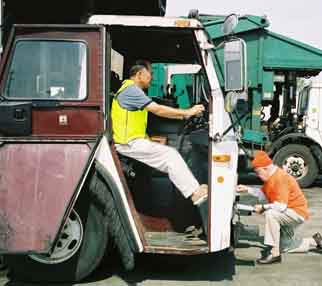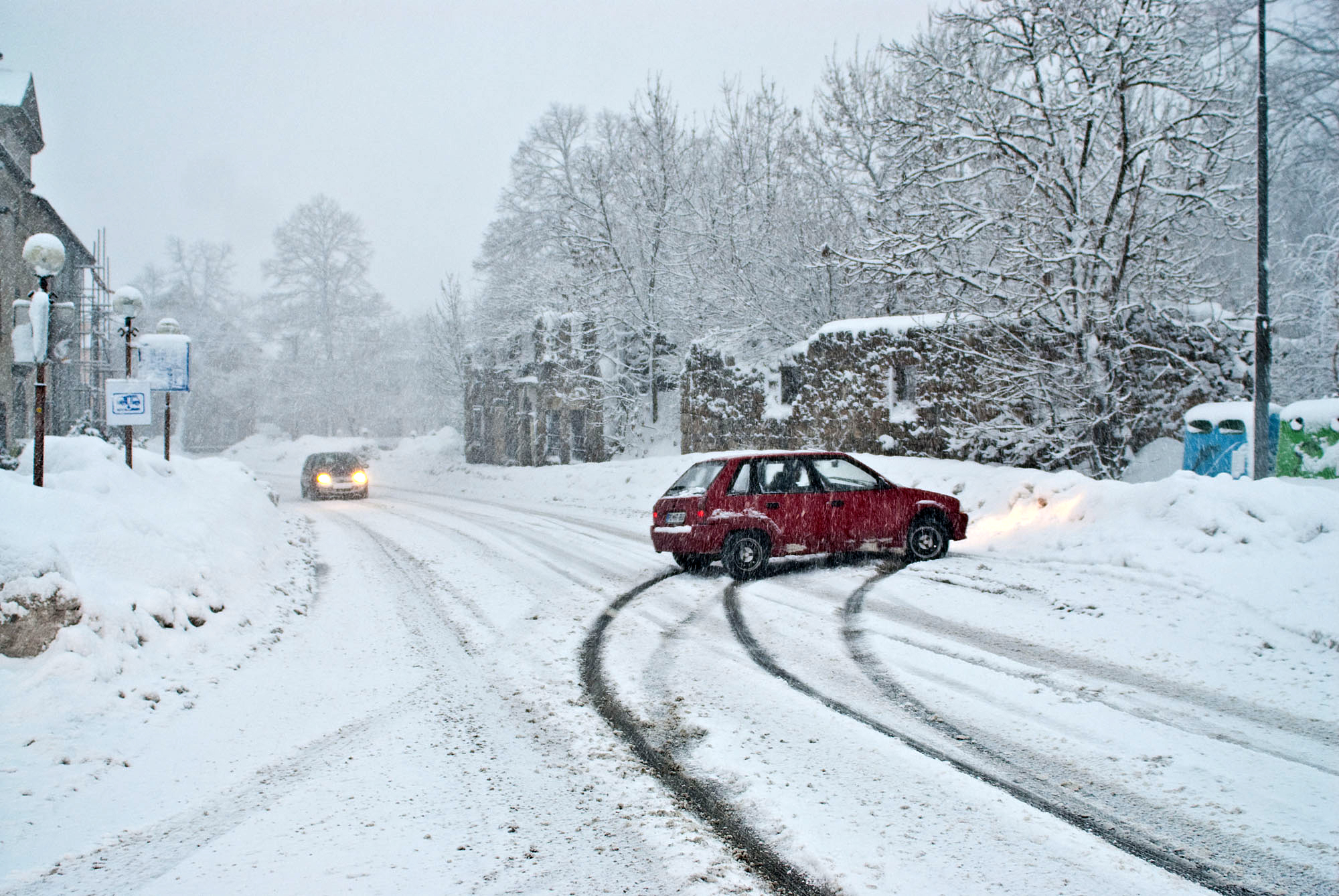Case Study: Alternative Design or Human Error
CED Technologies Inc. was recently involved in a case involving a residential front loading/recycling collection truck. This truck is designed with attachments at the front to pickup large recycling/trash bins and empty the bins into the rear hopper of the vehicle. In this case the plaintiff was a employee for the company who was on the passenger side of the truck. While the vehicle was stopped and emptying a recycling bin, debris fell at the front of the truck. The plaintiff then stepped out of the passenger side of the side vehicle to clean up the debris. While the plaintiff was picking up the debris in the front of the truck, the operator brought down the heavy recycling bin and the bin landed on the plaintiff – pinning the plaintiff on his back.
In this case the plaintiff's expert alleged that an alternative design would have prevented the accident. The expert stated that the operator of the truck had visibility obstructions that should haven been compensated withtechnology. The plaintiff's experts recommended a camera like the one for the rear of the vehicle where the operator could see someone as bins were brought down from the hopper. The expert also recommended an alert sound similar to the sound that is made when a vehicle backs up to alert the worker who is under the bin to take caution. The conclusion of the plaintiff's expert was that an alternative would have prevented this accident.
CED being on the defense, had the challenge of proving human error and that an alternative design would not have had an effect on this accident. The CED team first relied on the deposition of the plaintiff, co-worker and witnesses. With a trained eye, CED engineers determined that the plaintiff stepped out of the cab to clean the debris, but stopped and picked up a broom and dust pan near the operator, so the operator had to have seen the plaintiff move to the front of the vehicle. In addition, there were several other indicators that the operator had knowledge that the plaintiff was at the front of the vehicle.
The real evidence arrived when CED engineers requested an inspection of the truck. During the inspection, the engineers used a camera and other devices to determine the line of sight of the operator. CED engineers used two people of the same approximate height as the operator and the plaintiff and through measurements – the scene was re-created for a line of sight study. This study concluded that along with having knowledge that the plaintiff was at the front of the truck, the operator also had a direct line of sight to the plaintiff and through error, released the loader containing the bin. Through measurements, research and testing, CED engineers were able to oppose the plaintiff's expert alternative design opinion and move the case to closure.






